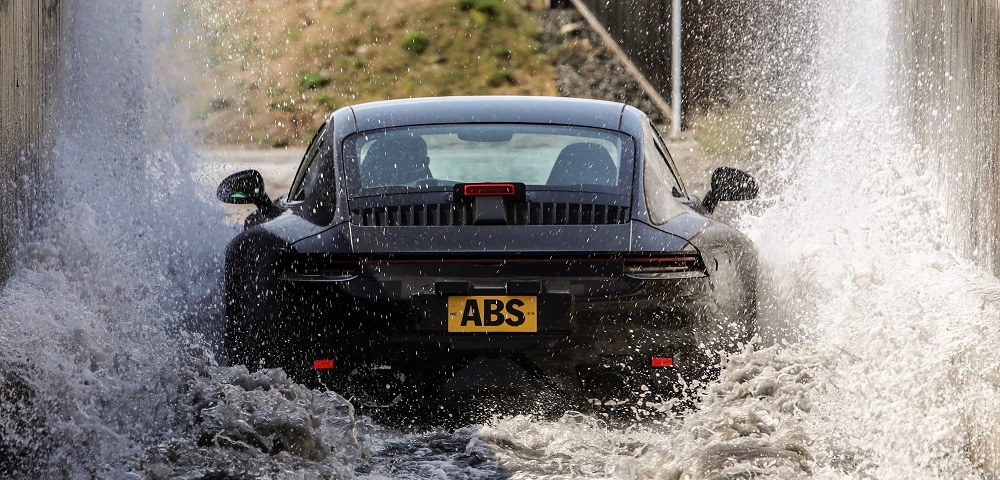
911 under pressure.
A testing programme for the new generation porker.
November 16 ,2018
The eighth generation of the sports car classic will come to European market at the beginning of 2019. In advance of this, the prototypes are revving up their engines again, to complete the final testing programme around the globe and putting the new sports cars under a great deal of stress. They are shuttling between climate zones with temperature differences of up to 85 degrees Celsius; sprinting across elevation changes spanning more than four kilometres; enduring traffic jams in major cities and setting new records on the racetracks. After all of this, every component of the car must function just as reliably as it did at the outset.
The testing first focuses on Porsche’s traditional core areas of expertise, such as the chassis and engine, which have been enhanced even further to heighten both performance and everyday use. Additionally, there are function tests and stress tests for the entirely new operating concept in the cockpit, as well as instruments and displays. The new driver assistance systems and extended connectivity must also rise to the challenges of the strenuous testing marathon: Porsche Connect differs from country to country, so testing its operation and functions is very resource intensive.
In hot countries such as the Gulf States in the Middle East or Death Valley in the USA, the air conditioning, thermal management, and combustion behaviour need to pass functional tests in temperatures up to 50 degrees Celsius so the interior components must not expand or contract and make noises when exposed to heat, for example. In Finland’s minus 35 degrees temperatures, the test agenda focuses on areas such as cold start, heating and air conditioning, traction, handling and braking behaviour, as well as the response speed of the control systems related to driving dynamics. The winding and demanding roads in the area of the European Arctic Circle offer optimum conditions for testing a sports car, while endurance runs have seen the new 911 test cars sprinting over China’s roads and racing tracks in a traffic structure that is typical for that country, as well as proving that they run reliably on fuels whose qualities vary enormously.
The Nuerburgring is traditionally a part of the rigorous Porsche test and development programme. The engine, transmission, brakes and chassis must prove their mettle at the demanding racetrack located in the Eifel mountain region. In Italy, the test cars are driven round the high-speed Nardò test tracks, where the focus is not only on top speed but also cooling and handling. The test vehicles reach the lowest point of their endurance run in Death Valley, which descends to around 90 metres below sea level; while the thin air on Mount Evans, Colorado reaching heights of 4,300 metres was the challenge for the biturbo charging and the fuel system. By the time, testing is complete, the cars have been driven around three million kilometres in total. A less spectacular component of testing, albeit no less important, is customer-oriented everyday testing on public roads in cities and cross-country throughout Germany. This portion of testing also sees significant mileage being covered, while complying with all traffic rules, in order to ensure that the complete vehicle and its systems are durable and suitable for daily use, so that the eighth generation of this sports car icon continues the tradition of being the best 911 of all time.